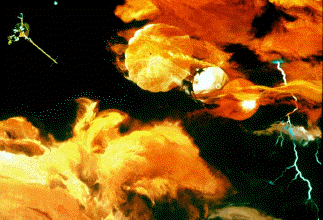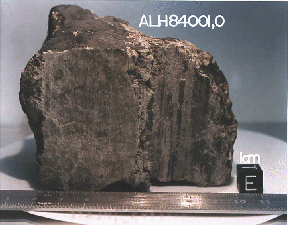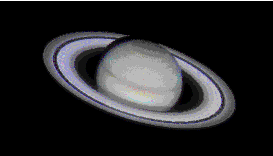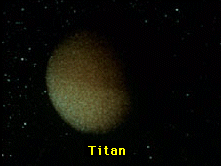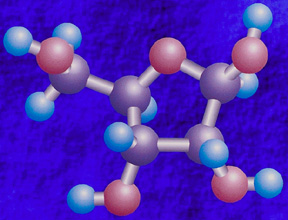
The image is of a seagull, a member of the animal kingdom.
Corel Photography
Corel Photography
The Origin of Life on Earth
How did life begin on Earth? Though no one is ever likely to know the whole story, virtually everyone has wondered at one time or another, how life on Earth began.There are at least three types of hypotheses which attempt to explain the origin of life on Earth. The first and oldest of these hypotheses suggest that life was created by a supreme being or spiritual force. Most cultures and religions have their own explanations of creation that are passed down from generation to generation. Because these ideas cannot be proved nor disproved, we consider them outside the boundaries of science. For that reason, they will not be pursued here and are left to each individual to decide.
The second set of hypotheses suggest that life began in another part of the universe and arrived on Earth by chance, such as with the crash of a comet or meteor.
The third, and most common hypothesis in the scientific community, is that life began approximately 3.5 billion years ago as the result of a complex sequence of chemical reactions that took place spontaneously in Earth's atmosphere. In the 1950's, two biochemists conducted an experiment which showed that certain molecules of life (amino acids) could form spontaneously when the conditions of Earth's early atmosphere were recreated in the lab. It is assumed that over time, these molecules interacted with one another eventually leading to the earliest forms of life.







